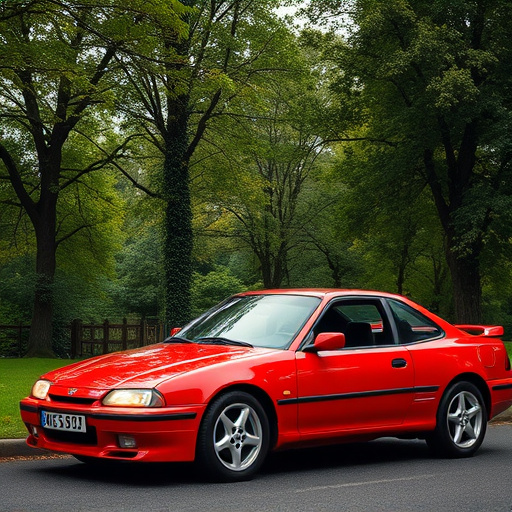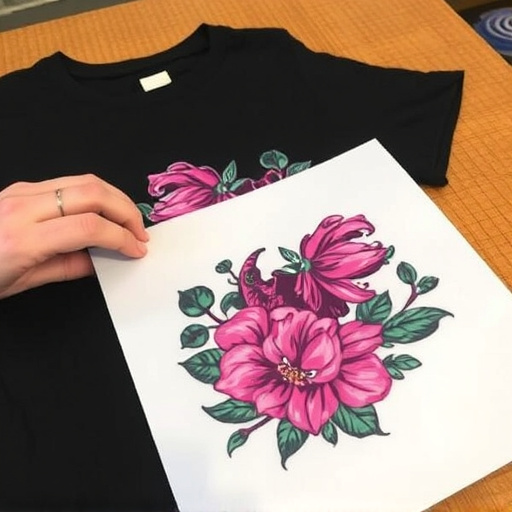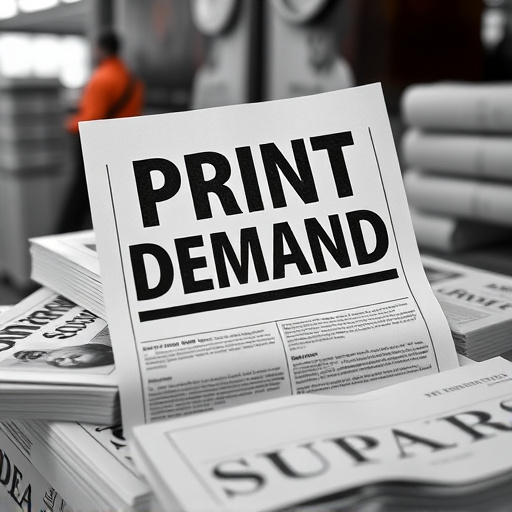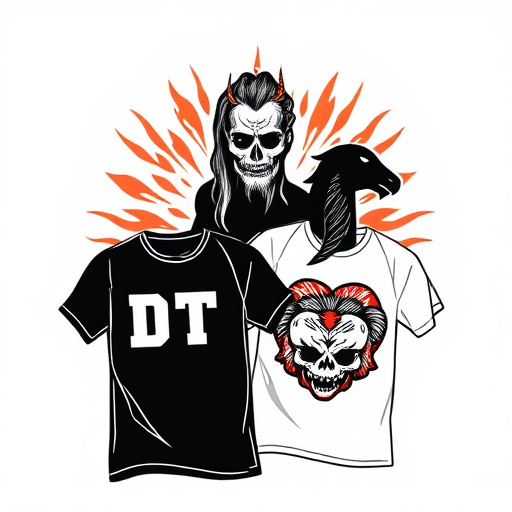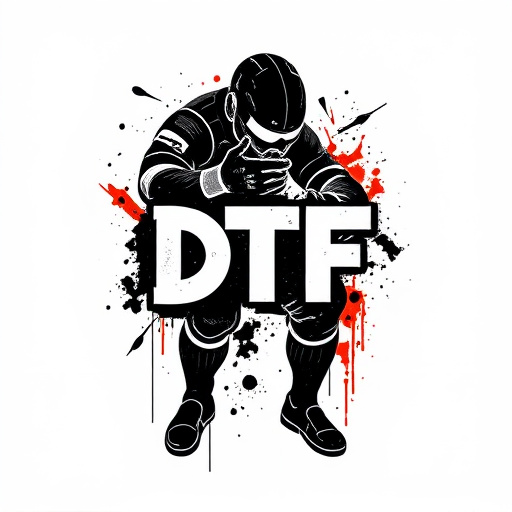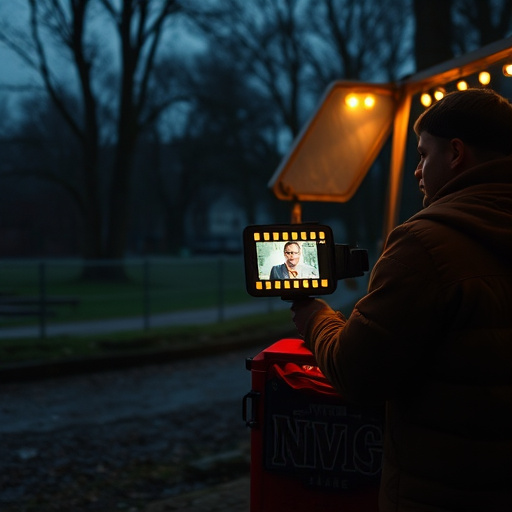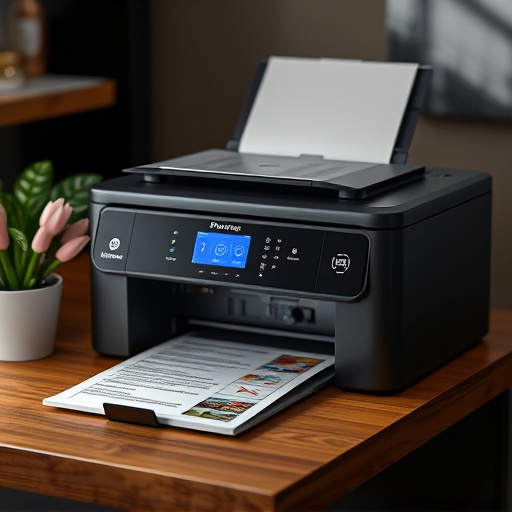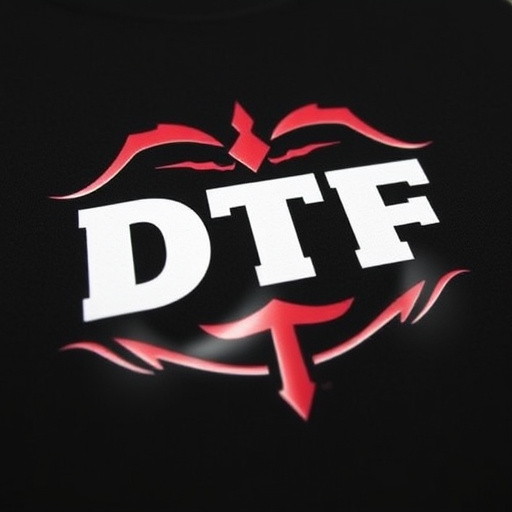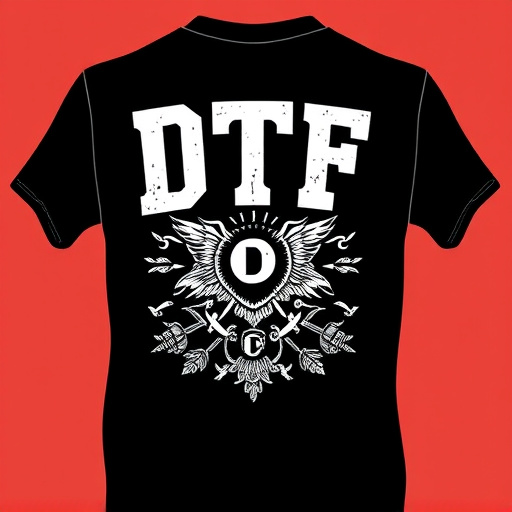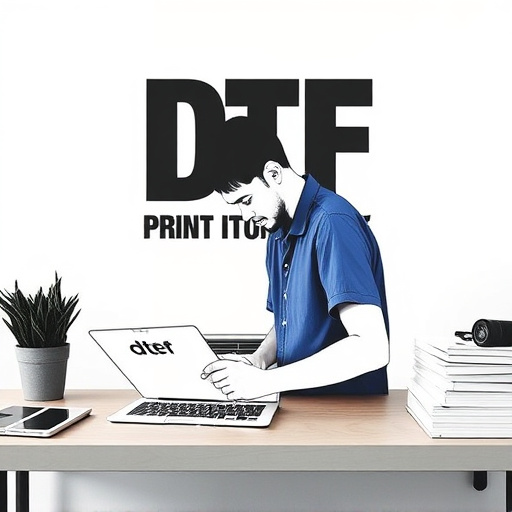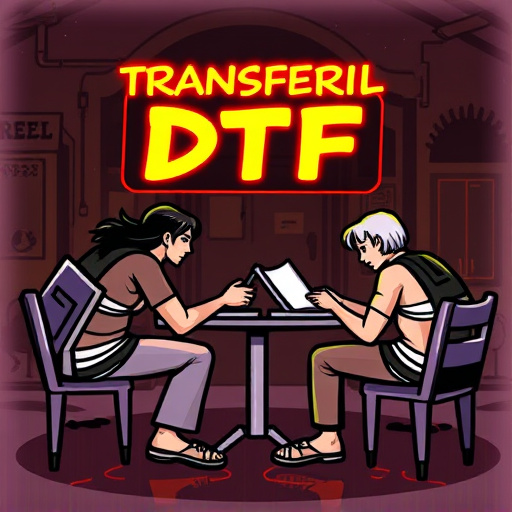Custom Direct to Film Transfers (DTF) offer a revolutionary approach to apparel design, enabling fast, cost-effective creation of unique graphics on fabrics using digital files. DTF surpasses traditional screen printing by eliminating setup costs, accommodating complex multi-color designs, and providing long-lasting adherence for soft feels, making it ideal for rapid prototyping and small batch productions of custom t-shirts.
In the realm of custom printing, two methods stand out: Custom Direct to Film Transfers (DTF) and Screen Printing. This article delves into these distinct approaches, offering a comprehensive overview for businesses and designers. We explore DTF’s modern advantages and its unique process, contrasting it with the traditional yet versatile screen printing technique. By understanding these methods, you’ll be equipped to make informed decisions for your custom design needs, especially when prioritizing Custom Direct To Film Transfers.
- Understanding Direct to Film Transfers: An Overview
- Screen Printing: Traditional Method and Its Pros
- Comparison: DTF vs Screen Printing for Custom Designs
Understanding Direct to Film Transfers: An Overview

Custom Direct to Film Transfers offer a cutting-edge solution for creating unique and personalized designs on various materials, especially in the apparel industry. This modern technique involves transferring ink directly from a digital file onto a substrate, bypassing traditional printing methods. With advancements in technology, direct to film (DTF) printers have become accessible, enabling businesses and individuals to produce custom designs with precision and speed.
The process starts by preparing the artwork or design digitally, ensuring it’s optimized for the specific material and print method. The DTF printer then uses a precision mechanism to apply the ink directly onto the substrate, be it fabric, plastic, or metal. This method is particularly favored for its ability to reproduce intricate details, vibrant colors, and sharp lines, making it ideal for creating personalized items like direct to film personalized hoodies. It’s a game-changer when it comes to rapid prototyping and small batch productions, allowing businesses to offer unique, on-demand products without the usual high costs associated with traditional screen printing methods.
Screen Printing: Traditional Method and Its Pros

Screen printing has long been a go-to method for creating custom designs on various surfaces, especially textiles like t-shirts. This traditional technique involves pushing ink through a mesh screen to apply it to the desired material, offering a durable and vibrant finish. The process is highly versatile, allowing for intricate and complex designs, making it popular among artists and businesses alike. One of its key advantages is cost-effectiveness, particularly for larger orders, as setup costs are relatively low, and the more ink used, the lower the per-unit price.
Additionally, screen printing has a proven track record, especially with cold peel dtf transfers, which ensure the design adheres well to the fabric while providing a soft and comfortable feel. This method is ideal for creating unique DTF for t-shirts and other apparel, offering a wide range of color options and the ability to print on various shapes and sizes, catering to diverse customer preferences.
Comparison: DTF vs Screen Printing for Custom Designs

When comparing custom direct to film transfers (DTF) to traditional screen printing, several key differences emerge, particularly when it comes to custom designs. DTF offers a more versatile and efficient process for creating unique graphics on t-shirts and other garments. It allows for intricate detail and fine lines that can be challenging to achieve with screen printing, especially for complex, multi-colored designs.
For dtf transfers, the design is directly printed onto a special film using high-resolution techniques. This film is then heat-transferred onto the garment, resulting in sharp, vibrant prints. This method is ideal for dtf for Custom graphic tees as it can accommodate a wide range of colors and intricate patterns without the need for multiple screens or complex setup. In contrast, screen printing involves creating separate screens for each color, which can be time-consuming and cost-prohibitive for smaller, one-off orders.
When it comes to custom printing, both Direct to Film (DTF) transfers and screen printing offer unique advantages. DTF technologies provide a versatile, fast, and cost-effective solution for complex designs, making it ideal for short runs or personalized items. On the other hand, screen printing remains a beloved traditional method, appreciated for its vibrant colors, durability, and ability to handle intricate patterns. Ultimately, the choice between these two techniques depends on specific project requirements, desired print quality, and production timelines. For custom Direct to Film transfers, this innovative approach could be the game-changer your brand needs to stand out in today’s market.
